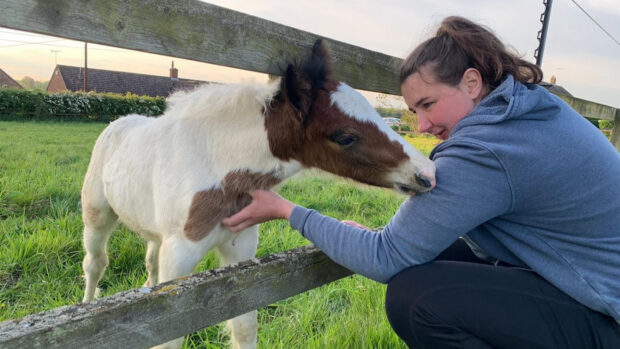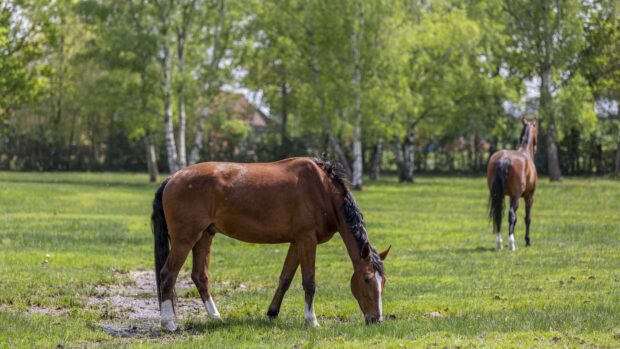H&H and World Horse Welfare went to Europe to follow the route of horses on their final journey to slaughter. Day two took in a Hungarian control post.
The red bars on the sides of the transport trucks are instantly recognisable.
There’s no sound from behind them, no neighing from a horse who knows he’s arrived somewhere new, no snorts of satisfaction, no nicker of welcome.
But if you step closer and look up, you look into the eyes of the horses on board, and they look back at you.
These 20 horses, sold in a Polish market, have completed the first lap of their journey to the slaughterhouses of southern Italy.
They have been brought to this control post in Redics, a Hungarian village near the border with Slovenia, for the one-hour rest stop compulsory under EU law after eight hours’ driving.
Every voice counts: sign World Horse Welfare’s petition here.
The truck pulls up alongside a metal gantry, at one end of which is a pile of hay under a tarpaulin. A farm worker forks hay through the bars to each horse.
Before he’s finished, a second transporter turns into the drive. To allow it next to the gantry, the first driver pulls forward. By this time, the horses on board seem to have finished their hay, or what they can reach of it with their heads tied to the bars, and they watch us as we approach.
I can’t see much of the dim interior from the bright day outside, but I can see the bay at the back trying unsuccessfully to turn to scratch his flank; I can see him repeatedly lifting one front foot on to the bottom bar and biting angrily at it – has he got mites? I can see the old cut above the chestnut’s eye and the width of the space allocated to his neighbour.
After a while, I can hear restless feet, shiftings and stampings, but otherwise, the horses are unnaturally quiet.
Most of the livestock brought to this control post are only stopping for an hour, owner Steiner Sandor tells us. He’s clearly made a significant investment in the business, which he bought some four years ago; replacing damaged roofs, installing insect-killing lights, smartening the place up.
The mosquito nets are due to be put up tomorrow, while the ropes of horses making a 24-hour stop are passed through the metal rings rather than tied to them; weights are attached to the end, meaning the horses can have longer ropes if they want to lie down.
Steiner keeps detailed records; how many transporters are booked in, for how long, which animals they have on board. He tells us the companies have to submit itineraries for each truck before it starts its journey; and that he himself issues stamped papers to the drivers, confirming they have stopped for the appropriate time.
Thanks to his detailed logs, we know the two transporters we have seen are due to stop next for the 24-hour rest in Prosecco, Italy.

Long-distance transport for slaughter: at the horsemeat butchers
Read the first of three blogs about H&H's

Jilly Cooper backs anti long-distance transport for slaughter campaign
The best selling author is backing World Horse
By the time we emerge from his office, the trucks have left. They’ve got a long journey ahead of them.
Don’t miss this week’s Horse & Hound magazine, out 18 May, for more on the trade and how you can help.





